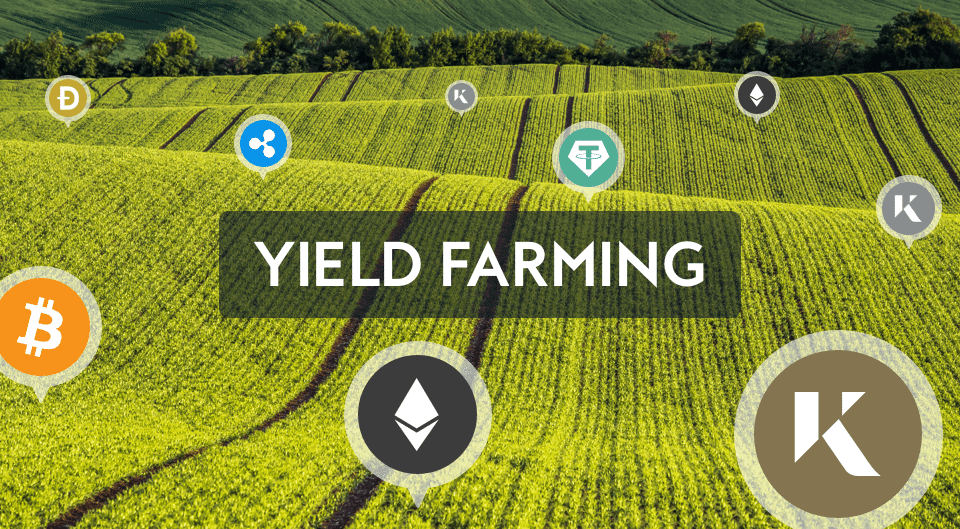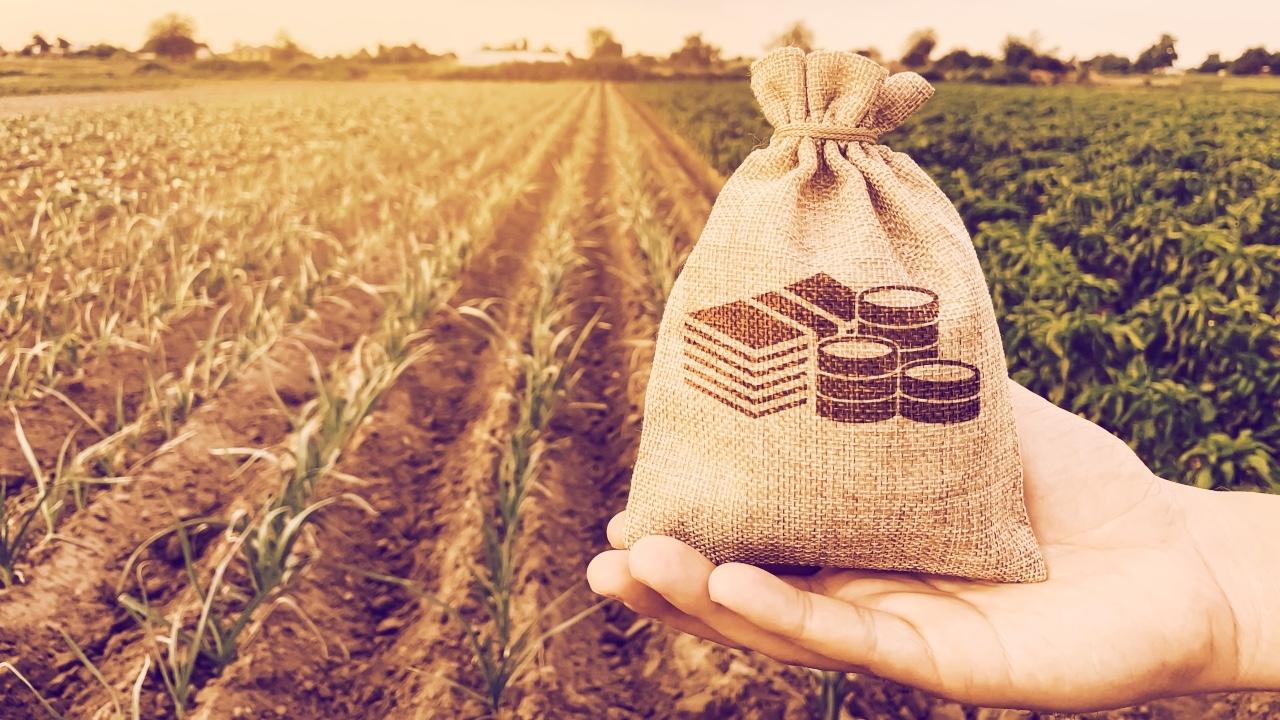Crypto | Often associated with high-risk ventures and incredible returns, has been generating significant attention in recent times. As Ethereum continues its upward trajectory, cryptocurrency enthusiasts are exploring ways to maximize their crypto holdings through yield farming, a practice that allows them to earn rewards by locking up their funds. In this article, we will delve into the fundamentals of yield farming and explore its potential rewards and risks.
The Mechanics of Yield Farming

At its core, yield farming is a relatively simple concept. It involves storing your cryptocurrency in various decentralized finance (DeFi) applications to earn rewards, often paid out in dividends. These rewards can be substantial and potentially double your initial investment. However, they come with significant risks, which makes it crucial to understand the mechanics and strategies involved.
Strategies for Yield Farming
Yield farmers employ various strategies to optimize their returns. They distribute their cryptocurrencies across multiple DeFi applications, allowing them to multiply their yield. This diversified approach is often referred to as “farming,” and it is gaining popularity as the DeFi ecosystem continues to expand.
Crypto – Why Engage in Yield Farming?
The primary motivation behind yield farming is profit. Despite the inherent risks, the potential for high profits attracts many participants. Additionally, yield farming offers a way to make idle cryptocurrency holdings work for you, thanks to the decentralized nature of DeFi applications, which eliminates the need for traditional banking processes like Know Your Customer (KYC) verification.
Ensuring Safety in Yield Farming

Caution is essential when engaging in yield farming. Users should thoroughly research and audit DeFi applications before depositing funds. If any suspicions of foul play arise, it is advisable to withdraw your assets promptly. Careful monitoring of your investments is a best practice to mitigate risks.
Crypto – Yield Farming vs. Staking
Yield farming differs from staking, although both involve locking up funds and earning rewards. While staking supports a specific blockchain, yield farming focuses solely on generating maximum returns from the locked-up crypto assets. Yield farming is just one facet of the broader DeFi ecosystem, which aims to replicate traditional financial services within a decentralized framework.
Liquidity Pools: A Core Element of Yield Farming
Liquidity pools play a central role in yield farming, offering a straightforward way to participate. These pools, commonly found on platforms like Uniswap and SushiSwap, allow users to contribute cryptocurrencies and earn returns when their funds are used in token swaps. The rewards are typically distributed based on the proportion of funds contributed.
Decentralized Exchanges vs. Centralized Exchanges

Decentralized exchanges (DEXs) operate on a peer-to-peer model, enabling users to swap tokens directly without the need for a centralized intermediary. In contrast, traditional exchanges rely on custodians to facilitate transactions, emphasizing the fundamental shift that DEXs bring to the financial landscape.
The Importance of Total Value Locked (TVL)
Total Value Locked (TVL) is a key metric that measures the total amount of funds locked within DeFi platforms. It provides insights into the level of participation in liquidity pools across various DeFi applications and helps users gauge the market’s overall health.
Crypto – Yield Farming with Compound
Compound is a prominent DeFi protocol that has witnessed explosive growth in yield farming. Users can contribute assets to Compound and earn rewards in the form of Compound tokens. The platform offers competitive yields, making it an attractive choice for yield farmers.
<What are the differences between various crypto?>
Utilizing Stablecoins in Yield Farming

Cryptocurrency markets are known for their volatility, which poses risks for yield farmers. Using stablecoins like Dai (DAI) or USD Tether (USDT), which are pegged to the US dollar, provides stability and predictability, allowing farmers to better assess their potential yields.
Crypto – Risks in Yield Farming
Yield farming comes with its fair share of risks, including smart contract vulnerabilities, liquidation penalties, and fluctuating gas fees on blockchain networks like Ethereum. These risks underscore the importance of due diligence and cautious decision-making.
The Future of Yield Farming
Yield farming is poised to remain a significant component of decentralized finance in the future. As DeFi continues to evolve, it offers innovative ways to generate crypto earnings. Yield farmers are likely to explore more complex strategies and adapt to technological advancements, paving the way for a vibrant DeFi ecosystem that rivals traditional financial markets.
In conclusion, yield farming presents an enticing opportunity to maximize crypto returns, but it is not without its challenges. To succeed in this space, users must be well-informed, exercise caution, and adapt to the ever-changing landscape of decentralized finance.



